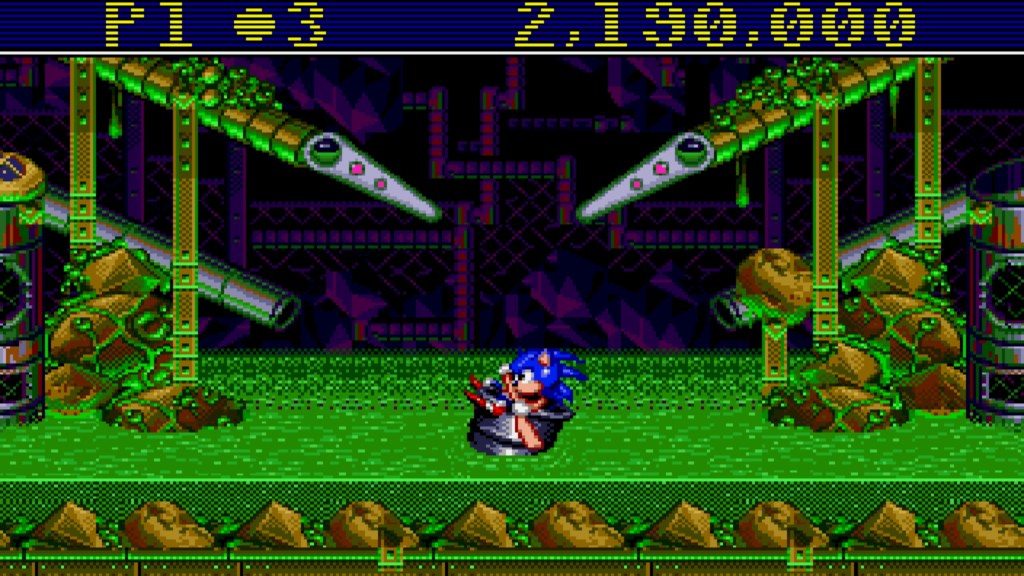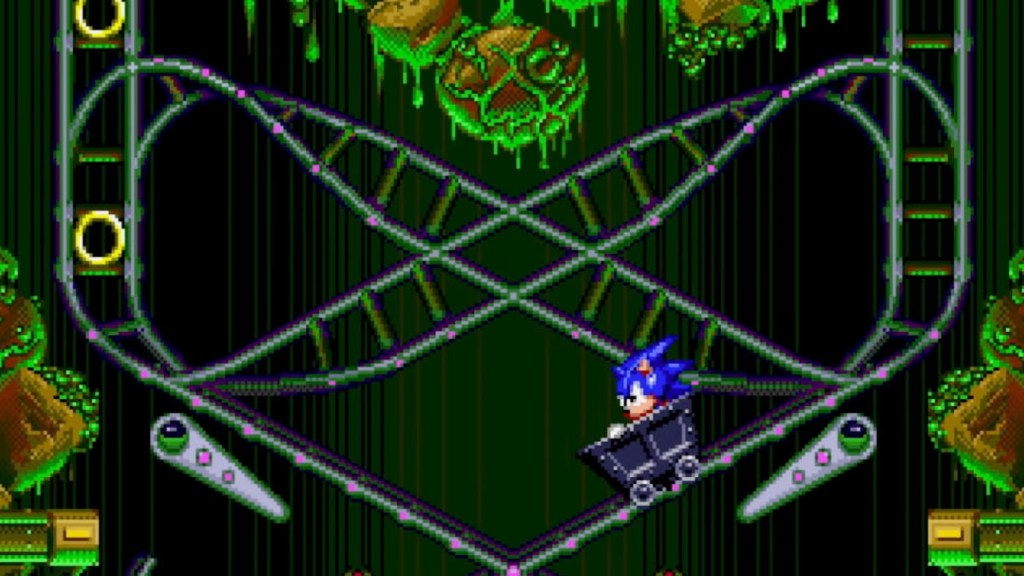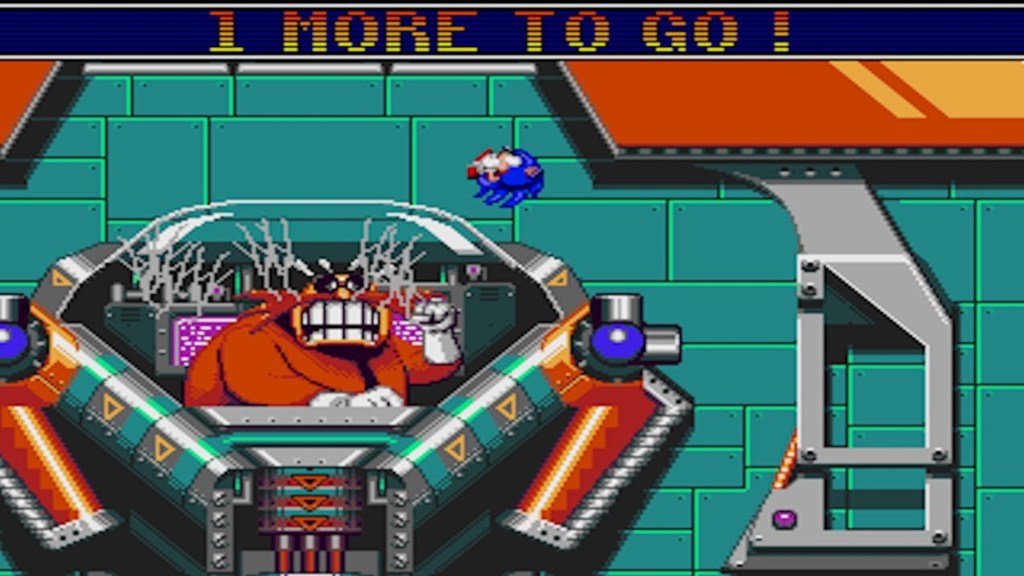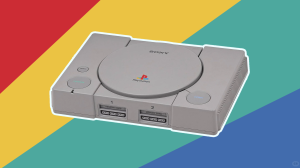Sonic Spinball is one of the weirdest games in the Sonic the Hedgehog franchise — and it’s also one of my favorite entries in the entire series. Sonic Spinball was early in the franchise’s history, coming out in the gap between the highly successful Sonic the Hedgehog 2 and Sonic the Hedgehog 3. It was a decidedly unique approach to the franchise, blending the fast-paced gameplay and colorful aesthetics of the mainline Sonic games with the standard pinball gameplay loop.
Videos by ComicBook.com
It’s a bizarrely perfect mash-up that has a certain novelty factor and a deceptively tricky difficulty curve. It’s also one of the Sonic games that a lot of fans missed out on, due to its very specific style and format. However, if you love the Blue Blur, then you’re doing a disservice by missing out on a quietly experimental and surprisingly addictive entry in the franchise.
Sonic Spinball Was Created Out Of Desperation

32 years ago, Sonic Spinball was very much an act of desperation on the part of SEGA, but it’s also one of the most enjoyable experiments in the entire Sonic franchise. In 1992, Sonic the Hedgehog 2 helped push the Sega Genesis into more homes all around the world. However, Sonic the Hedgehog 3‘s development cycle was taking longer than SEGA wanted and was projected to miss the 1993 holiday season. This led to a rushed 9-month development cycle for a new game to fill the gap, handled by Sega Technical Institute’s American counterparts while the development team’s Japanese branch continued work on Sonic 3.
After consumer research pointed to the “Casino Night Zone” as a fan-favorite standout level in Sonic the Hedgehog 2, game designer Peter Morawiec embraced that stage’s pinball mechanics and expanded them into a full game. Taking place across four massive “Pinball Defense System” levels, players control Sonic on a large-scale pinball table. Notably, while Sonic is shot around by pinball flippers, the player still retains a certain amount of control over the hedgehog.
These elements all factor into the game’s level advancement, with precise shots being less important than well-timed moves or ambitious hits. Players work their way through the massive levels, collecting Chaos Emeralds and eventually fighting back against Dr. Robotnik’s schemes. It became a unique blend of classic pinball game mechanics and the distinct visual/gameplay stylings of the Sonic series that SEGA was unsure about at first, but gradually was won over by during development.
Pinball Wizard

Despite SEGA’s initial fears that the game wouldn’t be completed in time for a holiday release, Sonic Pinball launched worldwide in November 1993. To get the game out on schedule, the developers were forced to shift the programming language in the game, which resulted in frame rate issues in the final product. These lag issues were noticed by some fans, with the graphical hiccups and less-than-precise controls being criticized by the entertainment press at the time.
However, Sonic Spinball ended up being an overall success for SEGA. It did well with critics at the time, who embraced the game’s unique fusion of the signature Sonic gameplay style with pinball mechanics. Although developers like Morawiec wished that the development cycle had been longer so they could have fully polished the final product, the game was a financial success for SEGA and helped buy the development team more time to finish Sonic the Hedgehog 3.
In the years since, Sonic Spinball has been included in several retrospective collections, like Sonic Mega Collection for the GameCube, PlayStation 2, and Xbox. These various re-releases have kept the game alive and available for modern gamers, where it can now be found on Steam and in the Genesis section of the Nintendo Classics service for the Nintendo Switch. It endures with fans to this day, and has even inspired a sequel in the form of 2010’s Sonic Pinball Party.
Why I Love Sonic Spinball

Modern critics have been less kind to Sonic Spinball, specifically calling out the rushed delivery of the game and the less-than-ideal controls. However, those finicky controls are exactly one of the reasons I love it. One of the things that has always separated Sonic the Hedgehog from the likes of the Super Mario Bros. series was a focus on speed and audacious moves over the deliberate timing of the Nintendo platformers. Sonic is harder to control than other platforming characters, reflecting his natural speed and the franchise’s focus on mile-a-minute traversal.
This is perfectly reflected in Sonic Spinball, which can often turn into a chaotic blast of light and sound as players try to position Sonic just right to take out a Badnik or unlock a Chaos Emerald. Moving can be finicky and rely on just as much luck as skill, but a perfectly executed move feels all the more rewarding for the challenge. It’s reflective of the core series, retaining the spirit of the first two Sonic games rather than becoming a pinball game with a SEGA coat of paint. There’s something simply enjoyable about landing the right pinball hit to get Sonic up to a higher level, where it then shifts into a platformer for a second.
It’s a challenging fusion that’s surprisingly perfect for one another, retaining the inherent sense of uncontrollable speed and constant movement that helped distinguish the original Sonic titles against the other platforming peers that helped define early generations of gaming. Sonic Spinball is a bit of a chaotic mess, which is exactly why I love it. I wish there were more experimentation like this in the Sonic franchise and in big video game IP in general, but at least I can always return to Sonic Spinball for an unforgettable weird approach to the platformer genre.








